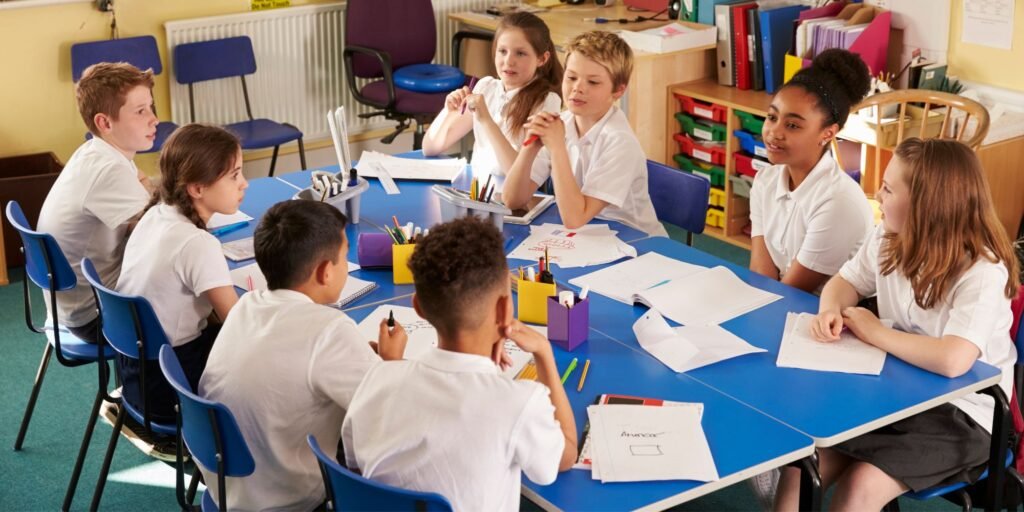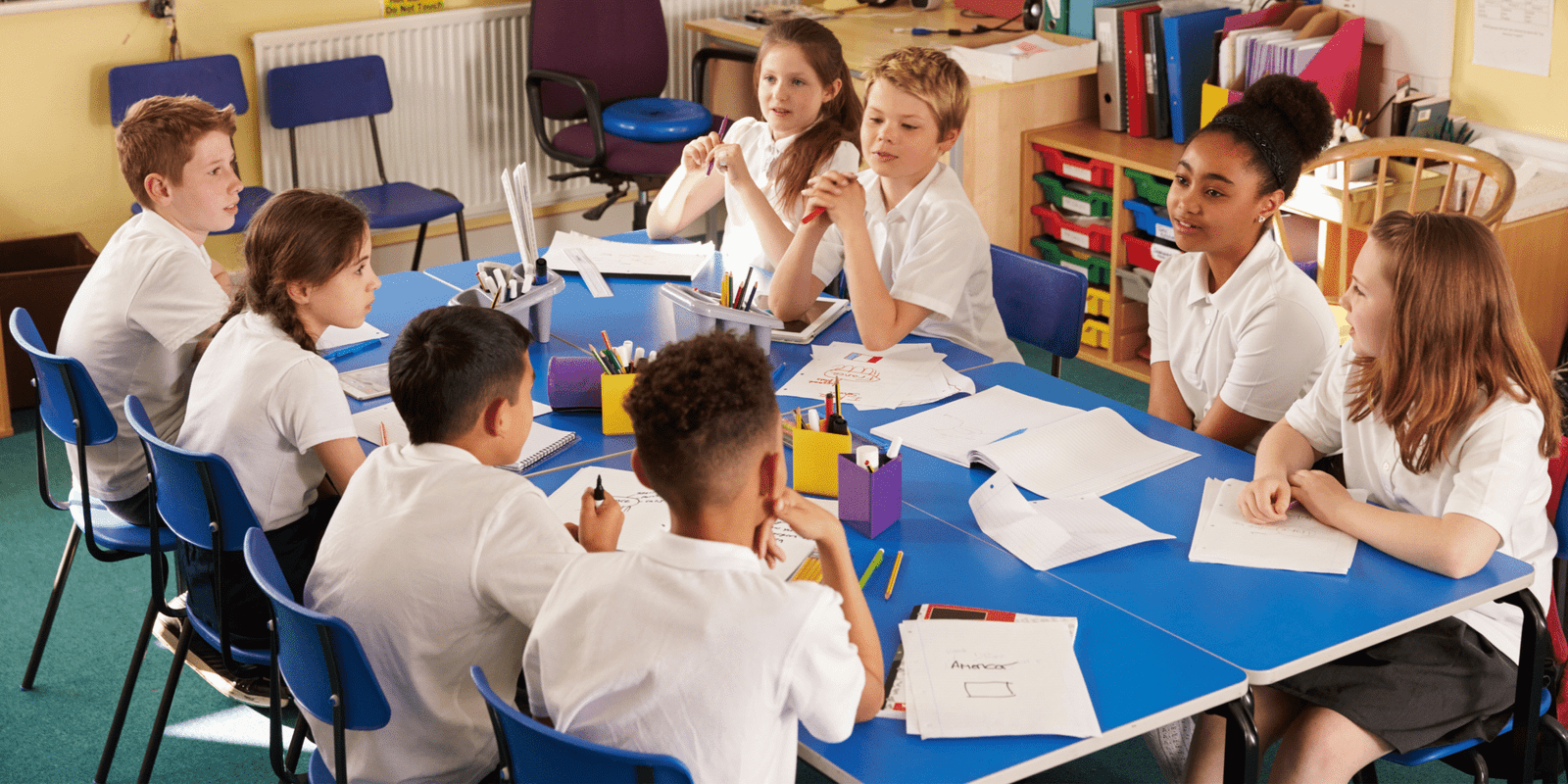In the world of education, we often hear that every student has a unique learning style—visual, auditory, or kinesthetic. This idea has become deeply rooted in teaching practices and is even believed to be the best way to maximize students’ potential. However, increasing research shows that belief in “learning styles” is not only scientifically unfounded but can also limit students’ potential and reinforce harmful stereotypes.
The theory of learning styles first gained popularity in the 1970s, alongside growing interest in personalized education. Many educators and parents believe that students learn better when material is tailored to their learning style: pictures for visual learners, sounds for auditory learners, and movement for kinesthetic learners.
This model seems logical and intuitive. Who wouldn’t want to understand the best way for each child to learn? However, this logic does not align with scientific findings. Study after study has failed to find strong evidence that teaching according to individual learning styles leads to better learning outcomes. In a systematic review by Pashler et al. (2008), researchers concluded that there was no strong evidence supporting this theory, despite its widespread popularity.
Although scientifically unfounded, learning style labels are often used in schools and teacher education programs. In practice, these labels are not neutral. When a child is labeled a “visual learner,” they are more likely to be expected to succeed in areas like reading or art. Conversely, a child considered a “kinesthetic learner” might be viewed as better suited for physical activities or manual labor, rather than academic fields.
A 2023 study showed that teachers tend to associate “visual learners” with intelligence in subjects like math and language. Meanwhile, “kinesthetic learners” are seen as less suitable for academic pursuits and more suited for physical education or movement-based arts. As a result, expectations for students are shaped by their learning style label—rather than by their actual potential.
Belief in learning styles can have significant long-term effects on student development. Students labeled in a certain way may avoid trying other learning methods because they feel “it’s not their style.” This limits their experiences and reduces their flexibility in learning strategies.
Furthermore, such labeling can hinder students from exploring interests in certain fields. A student who believes they are not a “verbal learner” might avoid writing or reading deeply. Over time, they may develop fear or aversion toward those subjects, even though they could succeed if given the opportunity and appropriate learning strategies.
Even more concerning, belief in learning styles is often introduced at an early age. Research has found that elementary school children are already capable of identifying themselves with a certain learning style, often based on teacher suggestions or environmental influences. They begin to believe they can only learn in a specific way—a belief that is limiting and hard to change.
Ultimately, learning styles are more a matter of perception than fact. When students believe they cannot learn in certain ways, that perception becomes a self-limiting reality. This is a classic example of a “self-fulfilling prophecy.”

Instead of focusing on rigid “learning styles,” experts recommend a multisensory and varied teaching approach. This means encouraging students to learn in various ways—reading, listening, writing, speaking, drawing, moving, and working in groups—without restricting them to just one method.
This approach not only helps students develop cognitive flexibility but also improves retention and understanding. For example, in language learning, students who hear a word, see an image of it, write it down, and use it in a sentence are more likely to remember and understand the word in a broader context.
In modern education, it is essential to shift focus from “learning styles” toward developing effective learning strategies. Strategies like elaboration, deep processing, self-testing, spaced repetition, and the use of visual tools like concept maps have consistently proven more effective than teaching based on learning styles.
One example is the retrieval practice strategy, which involves recalling information without looking at notes. This has been shown to be far more effective for building long-term memory than simply rereading material. Likewise, metacognitive strategies—where students are taught to be aware of how they learn, what they have mastered, and what they need to revisit—are also highly beneficial.
This paradigm shift requires collaboration from various stakeholders—teachers, parents, policymakers, and teacher training providers. Teachers need to be trained to understand that learning is complex and cannot be simplified into three style categories. They also need to be equipped with evidence-based teaching strategies.
Parents, too, need to understand that their children can learn in many ways, even if they appear more comfortable with one particular approach. Encouraging exploration, providing challenges, and avoiding labeling are crucial steps in building learning resilience in children.
Belief in learning styles may seem harmless at first, but research shows it can have profound effects on how students are treated and how they perceive themselves. Letting go of this myth does not mean ignoring student individuality—it means opening up opportunities for every student to access a range of learning approaches that can enhance their understanding.
Effective education is adaptive—not to “learning styles,” but to students’ needs, contexts, and overall potential. By understanding that learning is a dynamic and complex process, we can help future generations grow without unnecessary limitations.


Leave a Reply